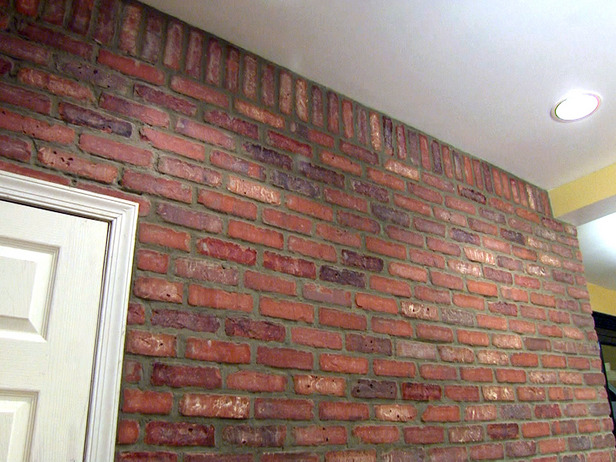 Brick veneer is a thin brick surface that is thin and lightweight, but maintains the look of traditional brick. There are varieties for indoor and outdoor use, with different installation techniques for both.
Brick veneer is a thin brick surface that is thin and lightweight, but maintains the look of traditional brick. There are varieties for indoor and outdoor use, with different installation techniques for both.
For interior walls, brick veneer is installed very much like tile – mortar is spread on the wall and the “bricks” are laid in place on top. Plastic spacers are then added and it is grouted. This is a nice application for kitchens, fireplaces and accent walls.
Exterior brick veneer is quite different – it’s not installed on top of the house, but instead as a freestanding wall anchored to the house. The bricks are laid on a foundation from the ground up and are then supported by their own weight.
Benefits
One of the primary benefits of brick veneer is price – the cost for the product is substantially less and in the end, it looks very close to the “real thing”. Aesthetically, veneer gives the same warmth, charm and character when applied in kitchens and living spaces as solid brick.
Installation is also easier. With brick, it’s important to enlist a craftsman experienced in laying brick and applying mortar, but with veneer even weekend warriors can tackle the project with some simple preparation and education.
Solid brick walls are also difficult to insulate which is not the case with veneer and when used indoors veneer can actually be a better noise barrier than alternatives. Veneer is also fireproof, adding safety to its list of many benefits.
Finally, brick tends to be subject to warping and cracking when exposed to weathering and temperature changes, but veneer is made to weather extreme temperatures. When a repair is needed, veneer is easier to repair than solid brickwork.
Are you thinking about brick veneer for your home or business? Let us guide you through the options.








